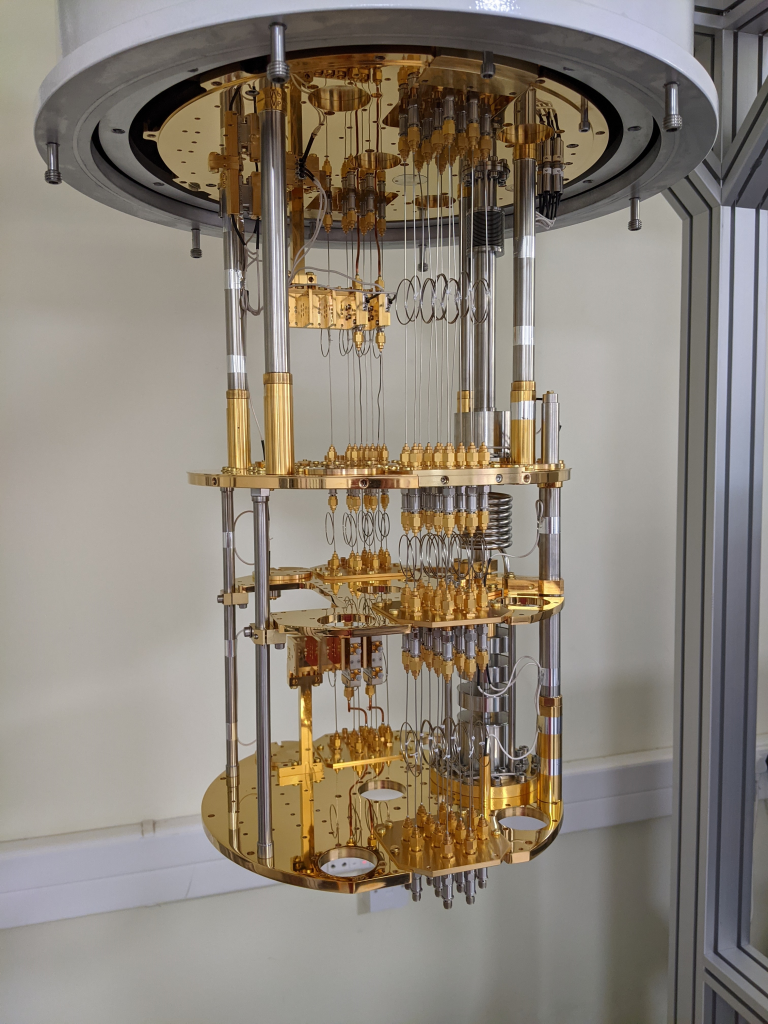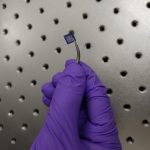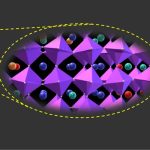A new initiative at IISc envisions a crucial role in India’s quantum quest

Quantum mechanics – the physics of subatomic particles – underlies all that we currently know about atoms, what they are made of and why they behave the way they do. But it is not just a physicist’s tool to try and understand the universe at extremely small scales. The devices that you are most likely using to read this article – computers and smartphones – also rely on technologies that operate on quantum mechanical phenomena.
The modern semiconductor-based electronics industry is entirely dependent on our understanding of the quantum nature of matter. The second half of the 20th century witnessed what is now called the first quantum revolution – technological breakthroughs such as semiconductors, MRI imaging, lasers and so on.
Many believe that we are presently living through the second quantum revolution. The era of ‘quantum technologies’ has arrived with many promises – sensors and measurement devices with unprecedented precision, secure communications via what is called the “quantum internet”, and quantum computers capable of solving problems far beyond the scope of existing supercomputers.
“The new term ‘quantum technology’ is connected to unique applications of quantum mechanics or of quantum mechanical principles, which were by and large ignored in our technological advances during the last 100 years,” says Arindam Ghosh, Professor in the Department of Physics, IISc.
In recent years, research on quantum technology has received a massive boost worldwide. A USD 1.13 billion quantum technologies project was announced by the EU in 2016 and a national quantum initiative worth USD 1.2 billion was launched by the US in 2018. Russia followed suit in 2019 by committing USD 790 million towards basic and applied quantum technology research.
India is not too far behind. The Government of India announced the National Mission on Quantum Technologies and Applications (NM QTA) in 2020 – to encourage both fundamental and applied research in the country – and has proposed to allocate Rs 8000 crore over a span of five years. IISc too has taken a step forward in this direction. The IISc Quantum Technology Initiative (IQTI), launched in November 2020, aspires to lay a solid foundation for quantum technology within the Institute, and contribute to the country’s R&D efforts.
If you are wondering why governments worldwide have taken such an interest in quantum technologies, the answer lies in the outcomes that they promise. The anticipated technological advances can impact many socio-economic sectors – molecular and material design can transform sensors, healthcare, pharmaceuticals, agriculture and engineering; secure communications can benefit finance and defense services, and so on.
“Simple examples which are already in place include the atomic clock which, by using quantum technology, has improved by orders of magnitude in precision and accuracy – its direct consequence being a significant improvement in the GPS resolution,” explains Apoorva Patel, Professor at the Center for High Energy Physics (CHEP), IISc, who is one of the faculty members leading IQTI.
Another advancement that is likely to happen soon, he adds, is improved precision in the measurement of magnetic and electric fields, giving rise to many practical applications. Measuring magnetic fields with greater precision, for example, can lead to smaller MRI machines that will produce images with better clarity while using lower radiation doses.
Research related to such quantum technologies has been going on at IISc for a long time but in a disconnected manner, in individual laboratories. In 2019, Patel along with several others received generous funding from the Ministry of Electronics and Information Technology (MeitY), Government of India, to establish the Center for Excellence in Quantum Technology at IISc, partnering with the Raman Research Institute (RRI) and Center for Development of Advanced Computing (CDAC). IQTI, which will now consolidate all quantum technology-related research in the Institute, is the first such large-scale initiative in the country, according to Patel and Ghosh, with well defined short- and long-term goals.
IQTI aims to establish a framework which will promote collaborations between physicists, computer scientists, material scientists and engineers. Currently, more than 40 faculty members from diverse departments are part of the initiative. “This also involves people who are not necessarily connected to quantum [research], but they may have technology or materials which can be immediately utilised in the development of quantum technologies,” says Ghosh. IQTI will focus on four broad areas: quantum sensing and metrology, quantum communications and cryptography, quantum materials and devices, and quantum computation and simulations.
One goal is to establish a campus-wide quantum-secured communication network within the next 4-6 years. “Quantum theory allows you to transmit signals in a way that is protected from eavesdroppers or interceptors in the middle, by a process where – if there is any interception – the receiver will know that the signal has been compromised,” explains Patel.


Refrigerator to protect superconducting qubits from thermal and ambient noise. T: Students preparing system for cooldown, B: Inside of fridge with microwave cables (Photos courtesy: Vibhor Singh)
Research related to quantum computing is also happening in the lab of Vibhor Singh, Assistant Professor in the Department of Physics, who works with superconducting qubits – platforms that are being explored worldwide to build large-scale quantum computers. Qubits or quantum bits are the basic data units of a quantum computer, analogous to bits in its digital counterparts. Although companies like Google and IBM have managed to create superfast devices having 53-54 qubits, Singh points out that the more fundamental problems, like finding the best strategy to scale up qubits, remain unsolved. His team is trying to come up with small prototype systems – working at the level of single or two qubit devices – which, if successful, might help in scaling up the number of qubits faster and in a more straightforward manner. In fact, building an 8-qubit quantum processor is something IQTI hopes to achieve in the near future.
Patel and his team also played a crucial role in developing QSim, a Quantum Computer Simulator Toolkit, which was launched by MeitY in August 2021. A collaborative effort by IISc, IIT Roorkee, and CDAC, this educational toolkit seeks to help students and researchers in the country write and debug quantum code, which is essential for developing quantum algorithms.
Another highlight of IQTI is a two-year MTech degree programme in Quantum Technology – the first of its kind in India – which admitted its first batch of students in August 2021.
Patel points out how the country’s nuclear and space programmes were conceived and nurtured at IISc decades ago. “However, to develop them from scratch to a level that is comparable to the best in the world, it took India almost 50 years. Huge efforts are required both in terms of manpower as well as towards building infrastructure. The long-term vision for IQTI is to do something similar for India in quantum technology.”






